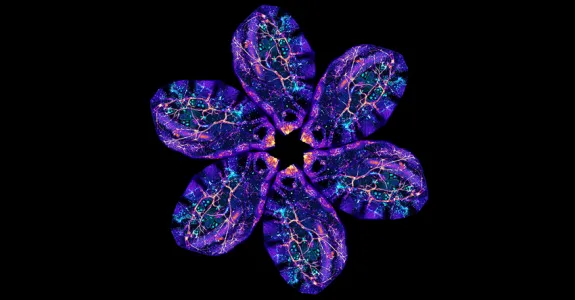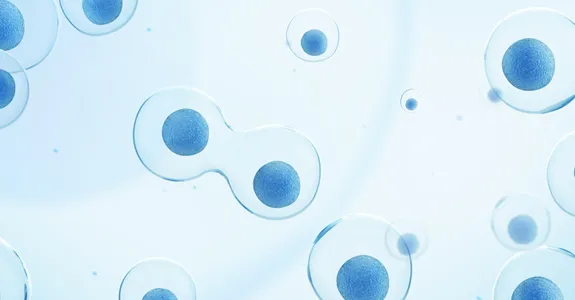Building an organ for the long haul: Theseus' paradox, one cell at a time


January 27, 2020 - PLOS Biology
New technology from Stanford Bio-X affiliated faculty members Lucy O'Brien and KC Huang, Bio-X Fellow Andrés Aranda...

August 31, 2017 - Stanford Medicine Scope
Stanford Bio-X affiliated faculty Lucy O'Brien, Undergraduate Summer Research Program participant Sang...

October 18, 2016 - Stanford News
Supported by a Bio-X Seed Grant, Bio-X affiliated faculty Lucy O'Brien and Beth Pruitt find that a tiny micro-...